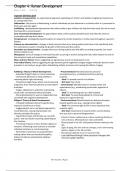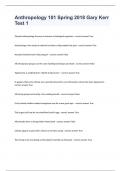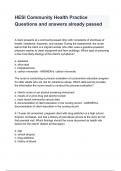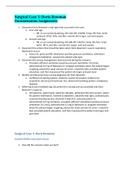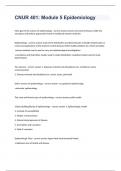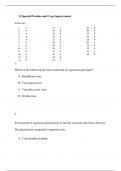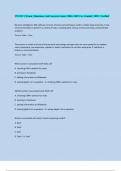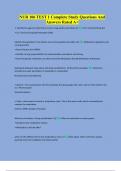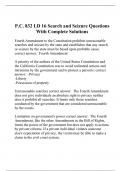Class notes
"Essentials of Mind and Behavior: Comprehensive Psychology Review Notes
- Course
- PS101
- Institution
- Wilfrid Laurier University (WLU )
The document is a comprehensive collection of psychology review notes, spanning over multiple chapters and sections, covering a wide range of topics., great for cheat sheet inspo and usage. The chapters include "Human Development," "Perception," and "Memory," , each providing detailed definitions, ...
[Show more]
